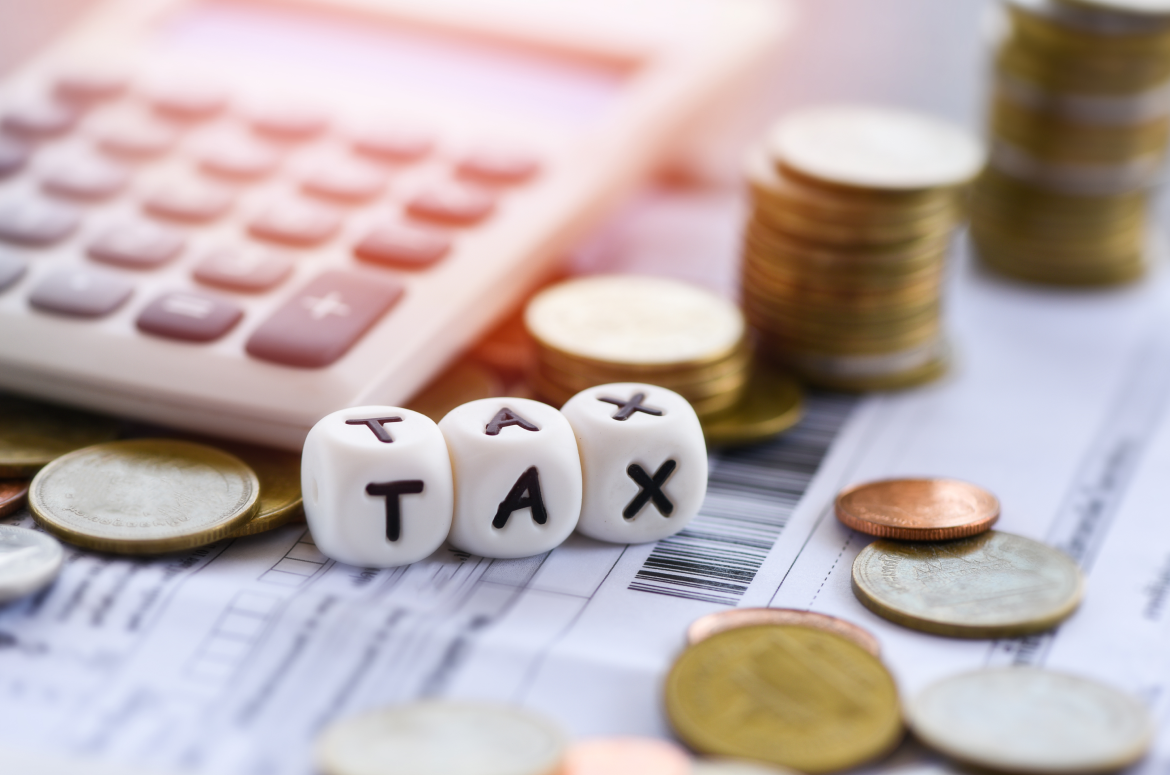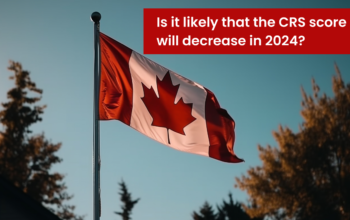Introduction:
Taxes are a fundamental aspect of life for anyone earning an income in Canada. In a country known for its robust welfare infrastructure and accessible public programs, taxes play a pivotal role in sustaining Canadian society. However, questions about tax rates, their implications, and how they affect individuals’ incomes are common. In this comprehensive guide, we will delve into the intricate world of Canadian taxes, covering income taxes, consumption taxes, and the nuances that newcomers and residents should be aware of.
Income Taxes:
Canadian income taxes come in two primary forms: federal income tax and provincial income tax. Federal income tax applies to all residents across the country, while provincial income tax rates vary by province. Residents must pay both federal and provincial income taxes, and these taxes are organized into tax brackets.
Contrary to a common misconception, income tax in Canada is not a flat rate that increases as your income rises within a bracket. Instead, it operates on a tiered system across these brackets. For example, the 2023 tax rates indicate a 15% tax on income up to $53,359 CAD and a 20.5% tax on income between $53,359 and $106,717 CAD.
British Columbia: $7,515 CAD
Alberta: $8,399 CAD
Saskatchewan: $8,296 CAD
Manitoba: $9,564 CAD
Ontario: $7,449 CAD
Quebec: $9,331 CAD
New Brunswick: $9,173 CAD
Nova Scotia: $7,515 CAD
Prince Edward Island: $9,909 CAD
Newfoundland and Labrador: $9,487 CAD
Northwest Territories: $7,502 CAD
Nunavut: $6,727 CAD
Yukon: $7,704 CAD
Nunavut emerges with the lowest tax payable in this scenario. However, it’s important to note that tax calculations can vary significantly based on income and expenses. To get a precise estimate of your tax liability in each province, refer to the government’s 2023 provincial tax rates page.
Consumption Taxes:
Similar to income taxes, Canada’s consumption taxes are multifaceted. The national consumption tax is the General Sales Tax (GST), imposed by the federal government. Additionally, each province has its own Provincial Sales Tax (PST), which applies to goods and services purchased within that province. Some items and services are exempt from these taxes.
Certain provinces opt for a Harmonized Sales Tax (HST), which combines the GST and PST into a single tax rate, streamlining the accounting process.
In 2023, the national GST rate stands at 5%. Here are the 2023 PST rates for provinces that charge both consumption tax types:
British Columbia: 7%
Manitoba: 7%
Quebec: 9.975%
Saskatchewan: 6%
Provinces using HST have the following rates:
Ontario: 13%
New Brunswick: 15%
Newfoundland and Labrador: 15%
Nova Scotia: 15%
Prince Edward Island: 15%
Notably, Alberta, Northwest Territories, Nunavut, and Yukon do not levy a PST and only charge GST on goods and services.
Conclusion:
Navigating Canada’s tax landscape can be complex, with variables such as income, province of residence, and consumption habits all affecting your tax obligations. Understanding the nuances of income and consumption taxes is essential to managing your finances effectively in Canada. Whether you’re a newcomer or a longtime resident, staying informed about tax regulations and rates is key to making informed financial decisions in the Great White North.




